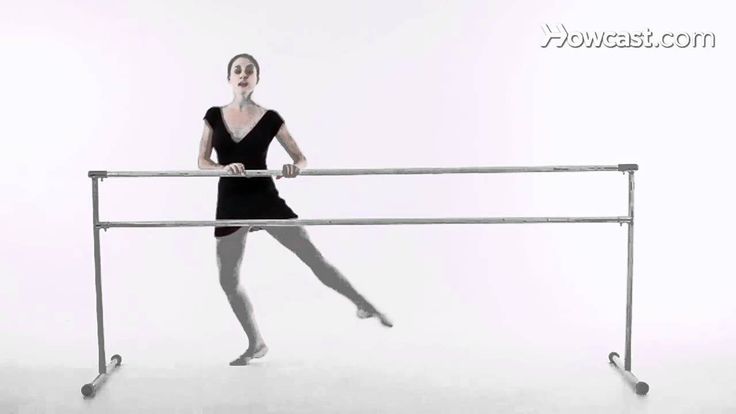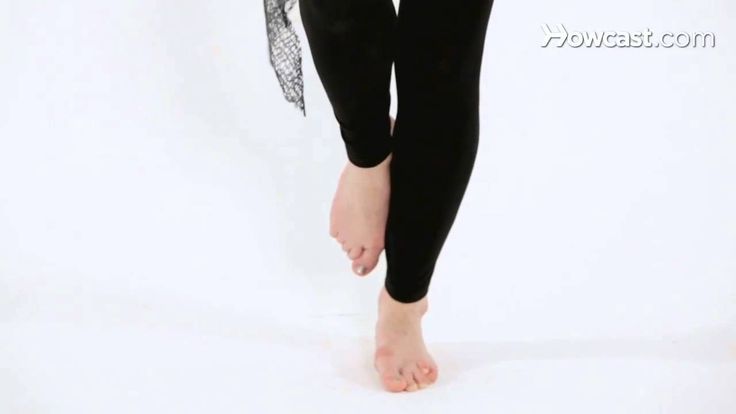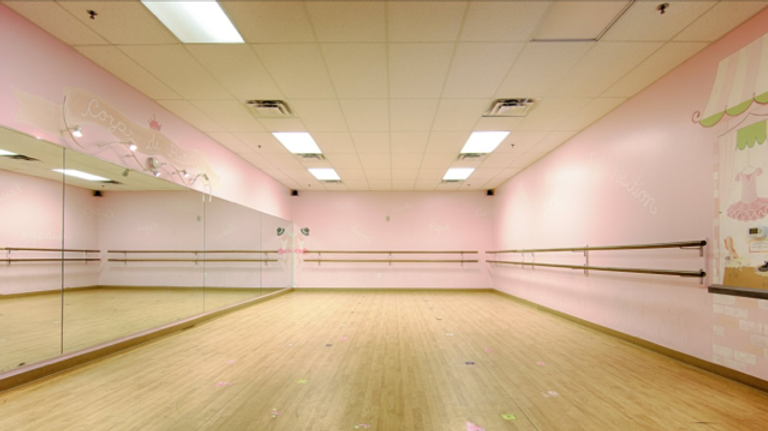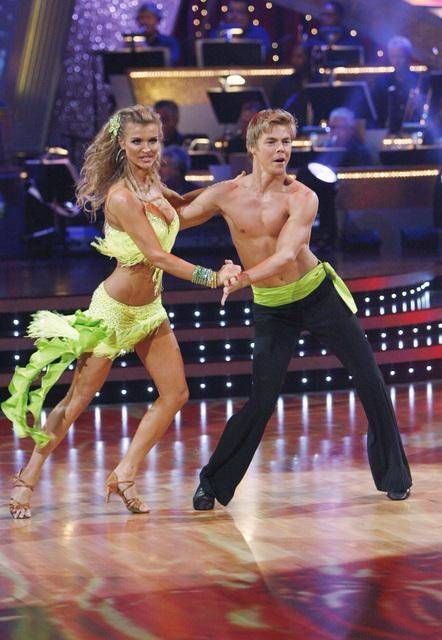How to do the box dance move
Learn Basic Steps For Waltz
Waltz is an elegant, nearly universal dance, perfect for weddings, or almost any social occasion. It's not as hard to learn as most people think.
- Basic steps
- Instructions & Diagrams
- Video
- Recommended Video Lessons »
Quick intro
Waltz dates back to the late 17th century Europe, but has never really been out of fashion and clearly stood the test of time. It should probably be one of the first ballroom dances you learn.
It is a smooth and graceful dance with long, flowing movements, characterized by rise & fall motion. It has a unique 3/4 timing and a simple rhythmic pattern which blends with the music. You can start waltzing very quickly by just learning the simple box step.
Basic steps
The basic step for waltz is a box step. It's named after a pattern it creates on the floor (box or square) and forms the foundation of the dance.
A box step can be divided into two parts - a forward half box and a backward half box. Each half box has three steps - a step forward or backward, a step to the side, and a step to close the feet together.
The leader starts with the left foot and executes a forward half box, followed by a backward half box. The follower performs the opposite – she starts with the right foot and executes a backward half box, followed by a forward half box.
The basic box step pattern uses three counts - slow, quick, quick, which is repeated twice to create the box step. Timing is 1,2,3,1,2,3 or 1,2,3,4,5,6.
Instructions & Diagrams:
When dancing waltz someone has to lead and someone has to follow. Usually the man will lead and the woman will follow.
Men's Steps:
- Step forward with the left foot
- Right foot step sideways to the right
- Bring your left foot next to your right foot
- Step back with the right foot
- Step back sideways with the left foot
- Bring your right foot next to your left foot
Lady's Steps:
- Step back with the right foot
- Left foot step sideways to the left
- Bring your right foot next to your left foot
- Step forward with the left foot
- Step forward sideways with the right foot
- Bring your left foot next to your right foot
Video
In this video Leon and Kim will show you the basic box step. You will also get important tips on rise & fall movement which characterizes this dance:
You will also get important tips on rise & fall movement which characterizes this dance:
more videos »
Once you've mastered the basic box step, it's time to start rotating that box. It will usually be rotated to the left (counterclockwise), so it's called the Left Box Turn. It's quite simple: with each half box, you turn 1/4 of the turn to the left. After two boxes (or four half boxes) you will complete the turn and end up where you began. Then start all over again.
Ok, so now that you know the basic box and how to rotate it, lets continue with basic progressive. Here, as the name implies, the leader will always be moving forwards and the follower backwards. This will enable you to move around the dance floor instead of just dancing on the spot. Here is a clip from Learn & Master Ballroom Dance course that will show you in detail how it's done:
Where to go next?
Now that you know the basics, what's your next step (pun intended ;)? To go to the next level, we recommend one of the video training programs. Here are our recommendations »
List of steps and moves from house dance as collected by FraGue
The list of house dance steps below is what I learned in my journey with house dance. It is not complete and will never be as our dances are still alive and growing every day.
Bold is the name of the move that I consider the correct one. Most of the time it’s the name I got taught.
(In parenthesis there are alternative names when written next to the name or general comments when in the back of the line).
In italic letters, I added additional info when I have it. The name after an s stand for source, meaning who I learned the move from. o stands for origin and is used whenever a move is from another style imported into house.
I also add a link to tutorials when I find ones, that I consider good.
How to make the most out of your house dance steps
If you want to find out how to make the most out of the moves you already know, consider grabbing a copy of Dance Smart from Amazon or get a free copy of 7 Questions To Ask Every Move when signing up for my email list.
The List of House Dance Steps & Moves
- Jack in the Box. s Buddha Stretch
- Criss Cross. s Didier o Hip Hop
- Jack Jumps. s Loftex
- Stomp. s Buddha Stretch
- Shuffe (Dodger, Shuffle & Dodge). s Rabah, Loftex
- Pas de Bourée. s Rabah
- Sidewalk. s Caleaf
- Salsa Step. s David Colas
- Snake. s Loftex
- Roger Rabbit (Reject).
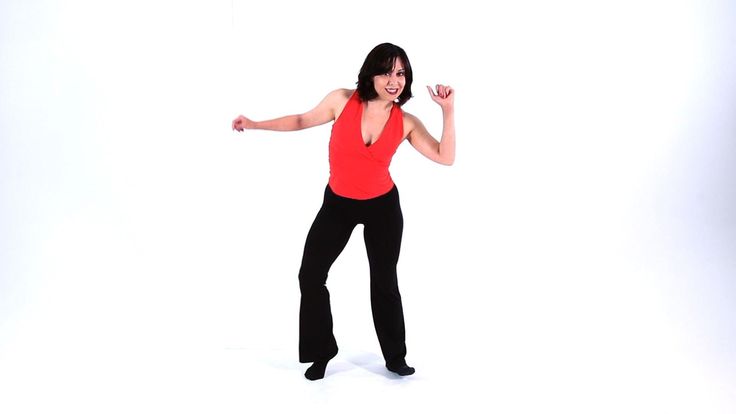 s Caleaf, Loftex o Hip Hop
s Caleaf, Loftex o Hip Hop - Set Up. s Loftex
- Farmer. s Marjory Smarth
- Gallop.
- Gallop Shuffle. s Caleaf
- Gallop Shuffle Cross. s Caleaf
- Heel Toe. s Rabah
- Heel Toe Hop. s Loftex
- Can Opener. s Loftex
- Player. s Loftex
- Train. s Caleaf
- Scissors. s Hiro
- Lotus (Marjory). s Loftex
- Salsa Hop. s Caleaf
- Swirl. s Loftex
- Chase. s Didier
- Loose Legs. s Caleaf
- African Step. s Loftex
- Triangle. s Loftex
- Diamond.
 s Loftex
s Loftex - Crosswalk. s Caleaf
- Crossroads. s Rabah
- Peter Paul. s Loftex
- Pow Wow (B-Boys). s Loftex
- Jogs. s Loftex
- Reverse Jogs. s Loftex
- Pivoting Pas de Bourée (Pivot Step). s Loftex
- Spongebob (Party Machine). s Link
- Scribble Feet (Triplet Step). s Caleaf
- Lofty. s Storm
- Dolphin. s Niako
- Spiderman Style. s Loftex
- Tip Tap Toe (Fort Green). s Buddha Stretch
- The Skate. s Buddha Stretch o Hip Hop
I also have a list of hip hop dance moves, and another one for breaking/breakdance.
If you want to make the most out of your moves, consider grabbing a copy oy my book Dance Smart, which is about concepts you can apply to all your steps. This would mean the world for me and I do a little happy dance every time someone orders the book.
This would mean the world for me and I do a little happy dance every time someone orders the book.
Muay Life - Traditions of Thai boxing. Wai Kru Ram Muay
If you have ever watched Muay Thai fights, then you know that at the beginning of each fight, the fighters perform a ritual dance. For foreigners, it may seem strange or tedious, but this dance has a deep meaning for those who practice Muay Thai. It is called Wai Kru Ram Muay and is performed to the traditional music "Sarama".
Literally, Wai Kru can be translated as “respect to the teacher”, since “wai” is a traditional Thai greeting - a bow with palms pressed together, and “kru” is a teacher. “Ram” is translated as “dance”, and “muay” is directly combat, it turns out “combat dance”.
Professional muay thai fighters such as Buakaw Por Pramuk, Sanchai Sor Kingstar and Malipet Sasiprapa always perform Ram Muay before fighting.
Goal Wai Kru
Wai Kru is performed by fighters in honor of teachers, the gym, coaches and family, as well as a prayer before the fight.
In addition, dance has a secondary role. It allows the fighters to psychologically tune in to the fight, and also represents a small warm-up of the arms and legs.
Each Thai boxing school traditionally has its own unique dance, so by the way a fighter performs Ram Muay, you can determine which camp he belongs to.
Wai Kru is sacred to Thai culture, so don't take it lightly.
Headdress and armbands
Before performing Ram Muay, the fighter wears a traditional headdress - Mongkol and armbands called Prajioud. These are amulets blessed by Buddhist monks, which are believed to give victory and protect the fighter in the ring. It is believed that Mongkol should not be placed on the ground, then it will lose its protective properties.
Dance ritual
Before entering the ring, the fighter “seals” it, as if blocking it from negative forces and spirits. After that, the athlete runs a circle along the ropes counterclockwise, making a prayer in each corner of the ring. During transitions from corners, the right hand is always on the rope, and the left is raised to the face. After the circle is completed, the dance itself begins.
After that, the athlete runs a circle along the ropes counterclockwise, making a prayer in each corner of the ring. During transitions from corners, the right hand is always on the rope, and the left is raised to the face. After the circle is completed, the dance itself begins.
The fighter kneels down, covers his eyes with gloves and, saying a prayer, bows three times, touching the surface of the ring with gloves.
Dance movements may vary, but very often you can see that the athlete seems to “dig a grave” for his opponent, “tread down” the ground on it, or draw a line with his toe and sharply hit the ground with the sole, which, as it were, speaks of his willingness to fight.
During the performance of a martial dance, a Muay Thai fighter tries to psychologically suppress the opponent by "shooting" at him with an imaginary bow or "throwing" a spear and imitating his death.
A traditional dance can last up to five minutes, so abbreviated versions are usually performed in competitions.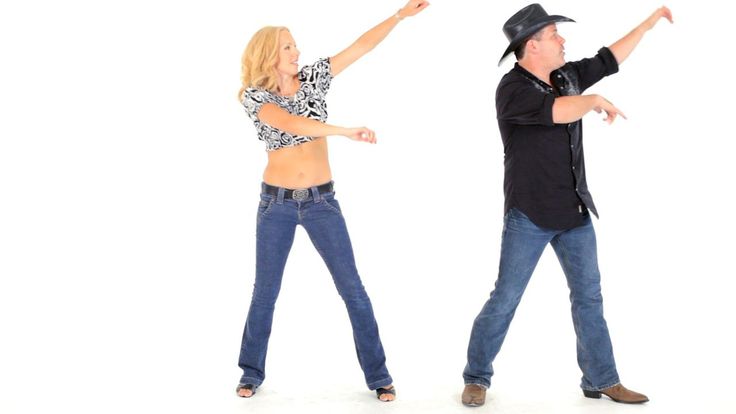 Ram Muay is a deeply meaningful ritual that has been a part of Muay Thai for centuries.
Ram Muay is a deeply meaningful ritual that has been a part of Muay Thai for centuries.
Dance performance is a tribute to tradition and an opportunity to preserve the authenticity of an ancient martial art.
Share
Muay Thai: a bloody sport | Be Healthy
Fifteen minutes of combat is enough to literally level a man to the ground. Such is the Thai Zen Buddhism - continuous contemplation ...
What is the "Art of Eight Limbs"? First hint: it is quite popular in Thailand. The second hint: it has nothing to do with Thai massage or sexual services.
So be it, let's open the cards. The art of eight limbs is called Thai boxing, or, in the Thai manner, "muay thai" ("Boxing of the free") - the national sport and pride of Thailand.
Modern Muay Thai is a little different from its traditional counterpart. Initially, it did not use boxing gloves, only when Muay Thai turned from a cultural element into a tourist attraction, it was decided to wear gloves so that Western viewers did not get the feeling that they were admiring a street fight. At the same time, both blows to the groin and strangulation of the enemy were banned.
At the same time, both blows to the groin and strangulation of the enemy were banned.
By the way, Thai boxing is not called the art of eight limbs for the sake of poetry: the hands, elbows, knees and feet are actively involved in the fight, that is, eight so-called “points of contact”, in contrast to Western boxing, where these points are smaller.
Muay Thai is a shocking and cruel sight. It is considered the most rough and traumatic sport. This is the Zen Buddhism in Thai - continuous contemplation... alive), great attention in this sport is given to rituals.
Before the start of the fight, the “correct” fighter either bows to the ring, or strokes the rope barriers around the perimeter three times, or reads a prayer. By the way, Thai boxers never get into the ring through rope barriers. This is due to the fact that in Thai culture the head is considered a sacred part of the body, while the feet are dirty and vicious. Therefore, it is very important to keep your head straight when entering the ring - Thais “step over” barriers.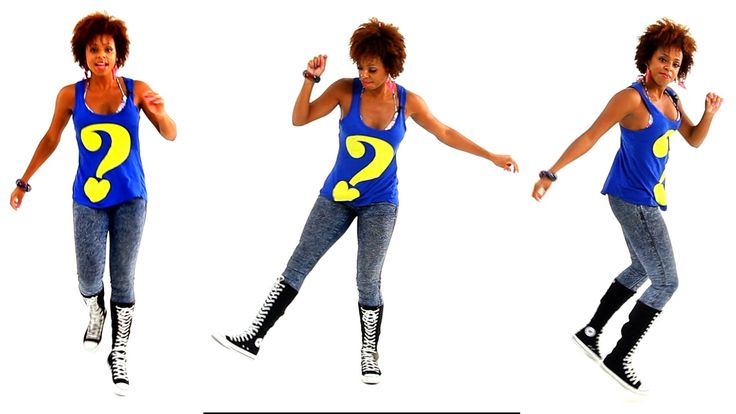
Once in the ring, the boxer stands in the center, bows to each of its corners, and then a special ritual is performed - Wai Kru. It consists in the following: the boxer goes around the ring three times counterclockwise - this is how the territory is symbolically “marked”, and then performs a special dance to the national music. The dance also has a practical task: to prepare the body for combat. Depicting, for example, a swallow or a hunter, a fighter warms up, stretches his muscles, and repeats elements of some combat techniques. In general, it is believed that in this way he expresses his devotion, humility and gratitude to the teachers. In ancient times, an expression of respect and devotion was intended for the monarch, but now - the organizer of the match. In addition, the ritual gives the boxer the opportunity to gather and tune in to the fight.
After the dance, the coach removes a special bandage, mong kon, from the boxer's head and takes away the flower wreath (pong malay), traditionally presented to the boxer before the fight by one of his friends or admirers. Then the judge announces the rules, the opponents converge, touch each other with gloves and ... the fight begins.
Then the judge announces the rules, the opponents converge, touch each other with gloves and ... the fight begins.
Close Combat Rules
Any Muay Thai match consists of five rounds of three minutes each. There is a two minute break between each round. Fifteen minutes of combat is enough to literally raze a man to the ground.
The duel begins with the "Thai castle" - the opponents hug each other, connecting the hands on someone else's neck, and then try to connect the elbows, and thus force the opponent to go down. Mastered the neck - consider mastering the whole body and you can twist and turn the enemy as you like. An important point: it is the palms that are connected, one on top of the other, fingers cannot be intertwined in any case. First, the grip will be weaker. Secondly, during a fight in boxing gloves, it will simply not work to clasp your fingers.
An important part of the fight is kicking the opponent (knees or shins). The shin is the strongest part of the leg.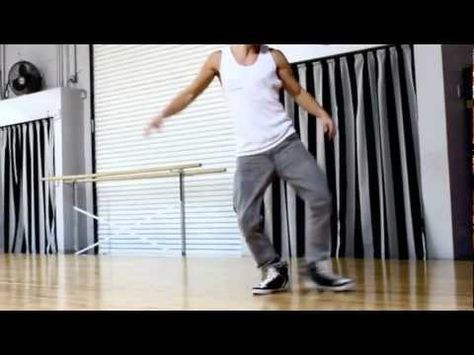 Trained, of course. Knee strikes are even more common in Thai boxing, there are many varieties of them: from a primitive one - in a straight line, to a knee strike in flight - the boxer jumps up, soars into the air and beats from there. They say it's a breathtaking sight.
Trained, of course. Knee strikes are even more common in Thai boxing, there are many varieties of them: from a primitive one - in a straight line, to a knee strike in flight - the boxer jumps up, soars into the air and beats from there. They say it's a breathtaking sight.
As a rule, kicks are combined with elbow work: down, up, uppercut, side kick, jump kick. Very often, the opponent’s eyebrow is cut with an elbow, blood fills his eyes, and the fight stops.
In addition to the fact that each boxer seeks to inflict as much damage as possible on his opponent, he must also defend himself from blows in all possible ways. The winner is the fighter who not only knocked out the opponent, but also showed excellent mastery of technique and techniques.
By the way, most professional boxers come from poor families. Participation in duels (almost every week) gives them the opportunity to financially provide for their loved ones. As a rule, after several years of work in such an active mode, boxers continue their careers by training the younger generation.
Old, old fairy tale
Muay Thai, like no other sport, is shrouded in legends. The most famous sounds like this.
It was in Burma. On March 17, 1774, during a religious holiday, the king wanted to see a duel between representatives of two boxing schools: Muay Thai (Thai) and Bama Letwei (Burmese). The first was represented by the prisoner of war Thai Nai Kanom Dtoma, the second - by the local champion.
Nai traditionally started with a dance (Wai Kru) and finished with a knockout of the opponent. However, the Thai boxer's victory was not counted: the malevolent judge decided that the Wai Kru ritual was a forbidden technique that distracted and prevented the opponent from concentrating. It was decided to repeat the fight...
It was then that the king of Burma asked if Nai would take the risk of fighting his nine best fighters? Nye took a chance - and, literally, dancing, laid down all rivals. The king was so delighted with the skill of the Thai boxer that he immediately released the prisoner and offered him a reward: a choice of either treasures or two beauties to marry.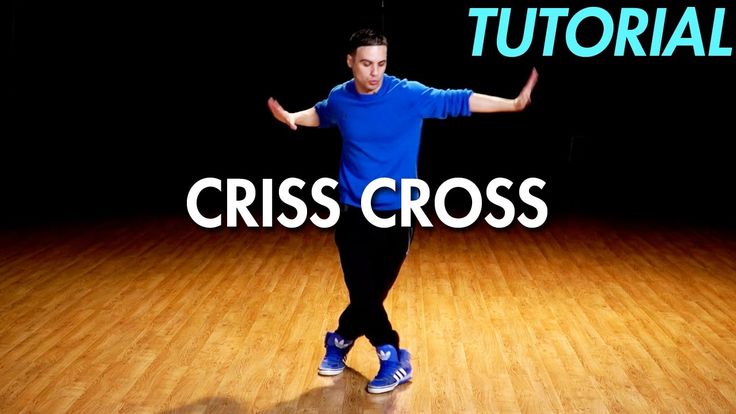 Nai Kanom Dtoma, don't be a fool, chose beauties, explaining that money is easier to find than love. And returned to Thailand.
Nai Kanom Dtoma, don't be a fool, chose beauties, explaining that money is easier to find than love. And returned to Thailand.
Ever since March 17 is considered a holiday date - Thais celebrate Boxer's Day or Muay Thai Day.
Thai boxing in Russian
Thai boxing appeared in Russia not so long ago, but has already gained great popularity.
Professional Russian Muay Thai League (RLMT) was founded in 1992 in Novosibirsk. Three years later, the Thai Boxing Federation of Russia was created on its basis, and in 1996, Thai boxing became an official sport - the Federation was recognized by the Russian Olympic Committee.
You can try to comprehend the art of eight limbs on your own, the benefit of educational films and books is now in abundance. But if the soul requires active action, aggression is whipping over the edge, and at the same time everything is in order with health, then it is better to go straight to the RLMT. There you will be welcomed with open arms.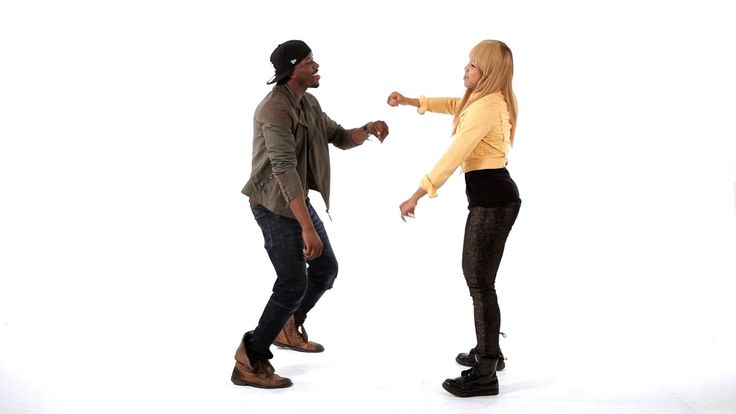
By the way, the owners of impeccable health, reinforced concrete nerves and a specific character can also practice Muay Thai. Now in Russia there are only two such ladies, but they certainly do not suffer from a lack of male attention.
In fitness clubs that are not related to the RLMT, Thai boxing is practically not found. But even if it is stated in the price list, before buying a subscription, do not be too lazy to find out the details and talk with the coach. Unfortunately, under the guise of Muay Thai, clients are often offered kickboxing or, in general, tai-bo.
For those who simply want "blood and circuses", RTR-Sport and NTV-plus TV channels regularly broadcast Muay Thai competitions, both international and Russian. Moreover, everyone can see the fight with their own eyes. If you call the RLMT two weeks before the event and pretend to be at least minimally interested, they will most likely not refuse a free invitation.
Russian Muay Thai League - http://www.